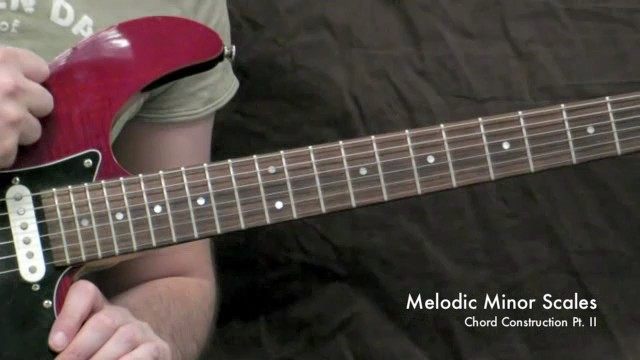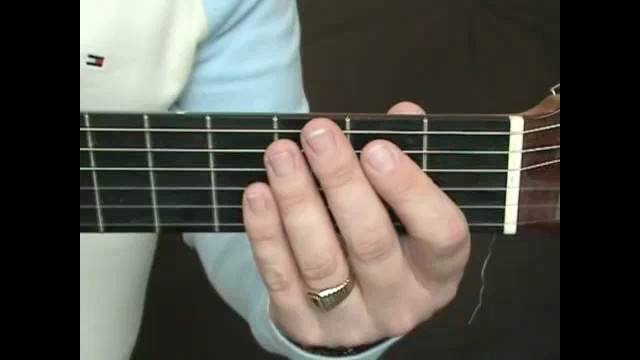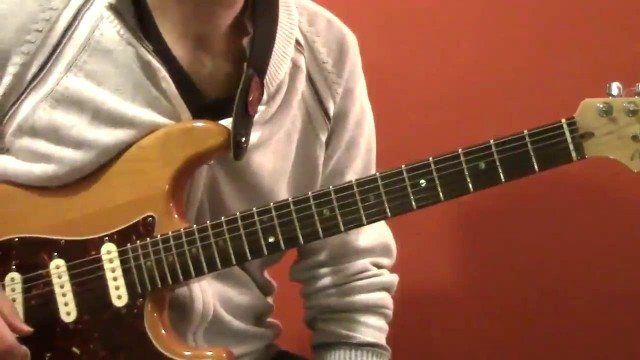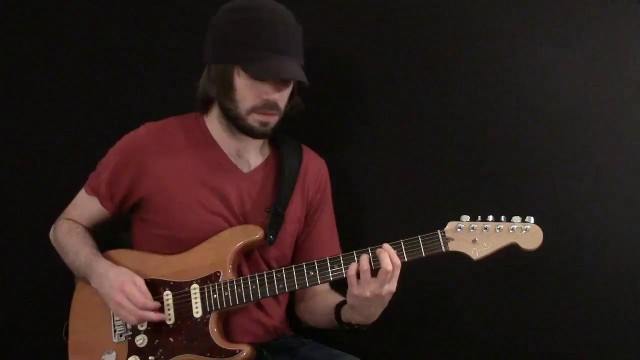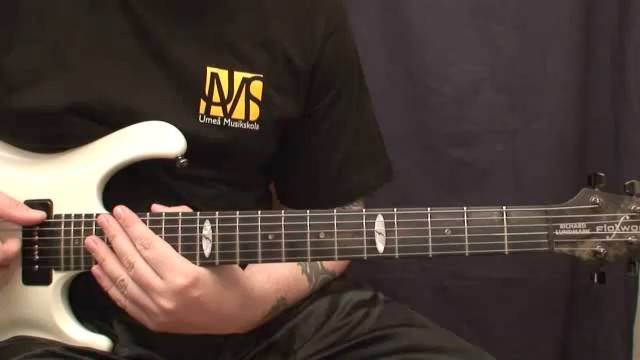The final tuning is derived from the DADGAD-tuning, and is the same apart from the G being tuned up to A, thus having A on both the second and third string. The use of two identically tuned strings are also a great source of inspiration, and can create many cool riffs and ideas! If used on the lower strings (say to low E or A-strings) you can crazy sounding riffs going.
In the example given here, I have taken a very commonplace a minor scale sequence (played with hybrid picking), and given it new life using this tuning. The actual sequence is a triplet-based sequence, but played in straight 16-notes (which if you have followed my rhythm and timing tutorials, know I use a lot).
This sequence, played in this particular tuning will give a note order that is much less "predictable" to the listener, and can make the go "huh?" when trying to pick it out by ear. Many generic. boring old sequences will sound totally mind-boggling when tried in alternate tunings. Try any other sequence out yourself, and notate them. Afterwards, tune up to regular tuning, ands try to play the same notes in standard tuning. THAT can be a challenge for sure!
As always in my lessons, once you've gone through all the examples, you have only just begun to make use of the lesson. The application of the concepts inherent to each and every tutorial is where the real learning process begin, and is what will really open up your playing and take you to new places!







